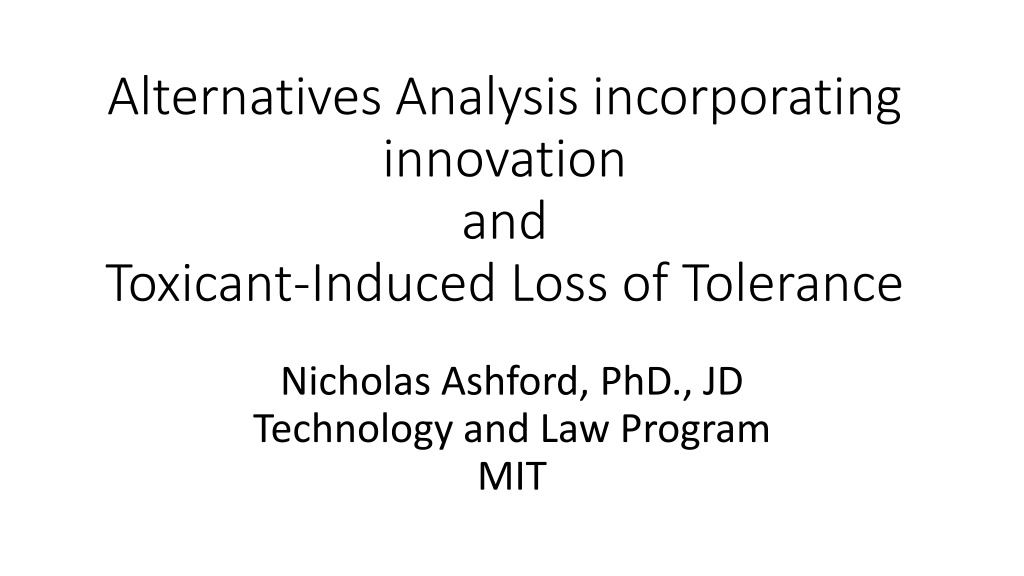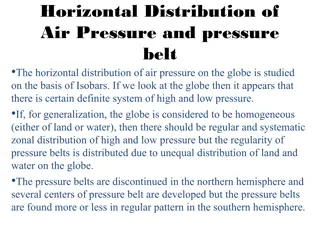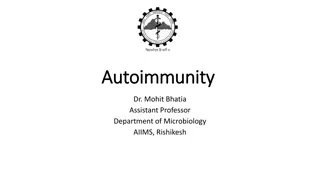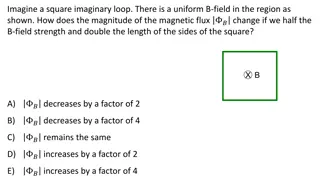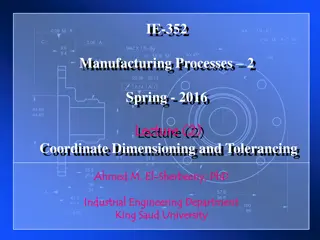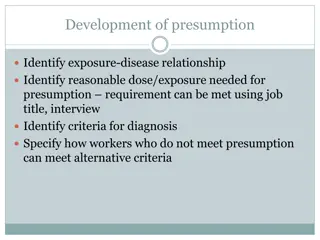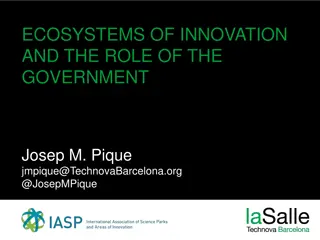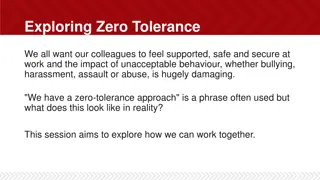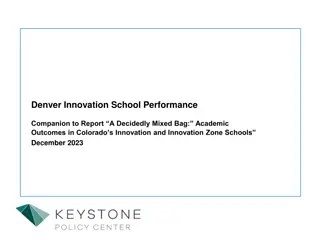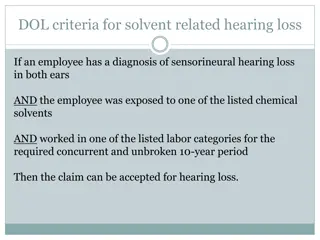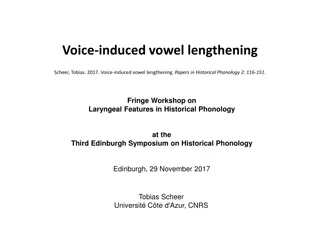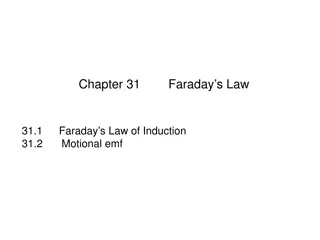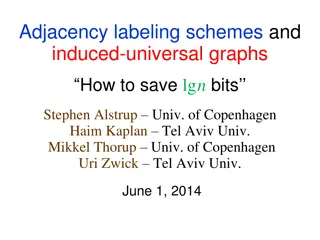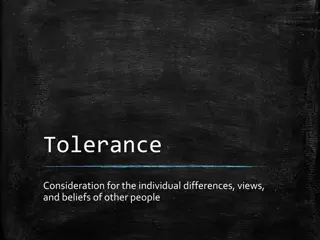Innovation and Toxicant-Induced Loss of Tolerance Analysis
Incorporating innovation into alternatives analysis is crucial, especially in understanding toxicant-induced loss of tolerance. Dr. Nicholas Ashford explores the non-classical mechanism of widespread diseases like autism, ADHD, chronic fatigue, and more. The discussion delves into socially optimal pollution levels, efficient risk reduction strategies, and the complex symptoms arising from toxicant exposure.
Uploaded on Nov 18, 2024 | 0 Views
Download Presentation

Please find below an Image/Link to download the presentation.
The content on the website is provided AS IS for your information and personal use only. It may not be sold, licensed, or shared on other websites without obtaining consent from the author.If you encounter any issues during the download, it is possible that the publisher has removed the file from their server.
You are allowed to download the files provided on this website for personal or commercial use, subject to the condition that they are used lawfully. All files are the property of their respective owners.
The content on the website is provided AS IS for your information and personal use only. It may not be sold, licensed, or shared on other websites without obtaining consent from the author.
E N D
Presentation Transcript
Alternatives Analysis incorporating innovation and Toxicant-Induced Loss of Tolerance Nicholas Ashford, PhD., JD Technology and Law Program MIT
Figure 3.1: The Socially Optimal (i.e., efficient) Level of Pollution Derived from the Marginal Costs and Benefits of Pollution Control
Cost Maximum Allowable Risk Under Regulation Demand for Risk Reduction C0 Existing Technology C0 New Technology Risk Ro Pre-regulatory Level of Risk An Innovative Response to Regulation
Cost Maximum Allowable Risk Under Regulation Demand for Risk Reduction C0 C1 Existing Technology C0 New Technology Risk Ro R1 Pre-regulatory Level of Risk An Innovative Response to Regulation
Toxicant-Induced Loss of Tolerance A non-classical mechanism of widespread disease A two step disease process involving initiation/sensitization followed by triggers at low level exposures Examples: Autism, ADHD, chronic fatigue, gulf war syndrome, combustion/fire incidents, chemical and food intolerances, mold
Toxicant-Induced Loss of Tolerance Symptoms more or less identical from people who have been labeled as exhibiting different diseases Examples: Autism, ADHD, chronic fatigue, gulf war syndrome, combustion/fire incidents, chemical and food intolerances, mold
